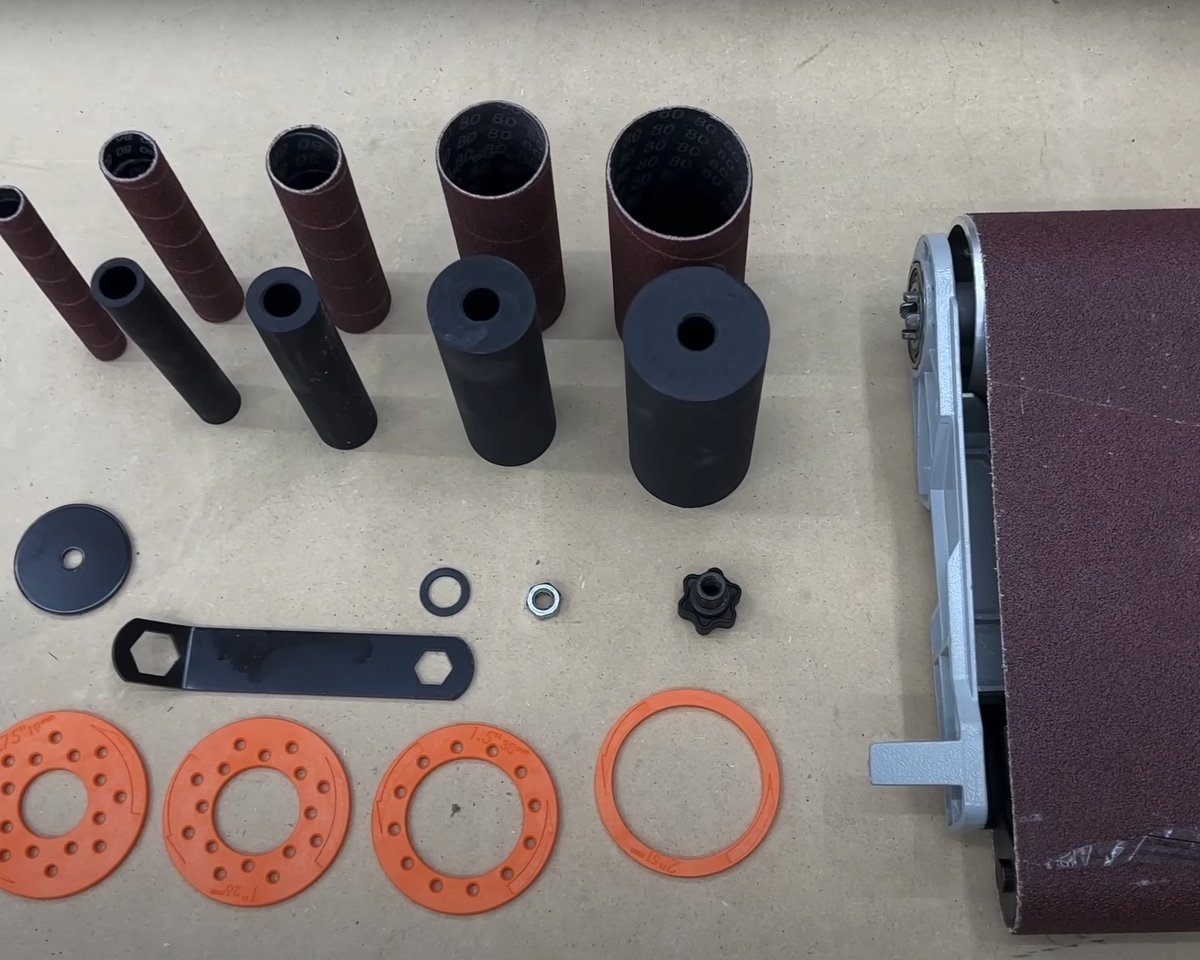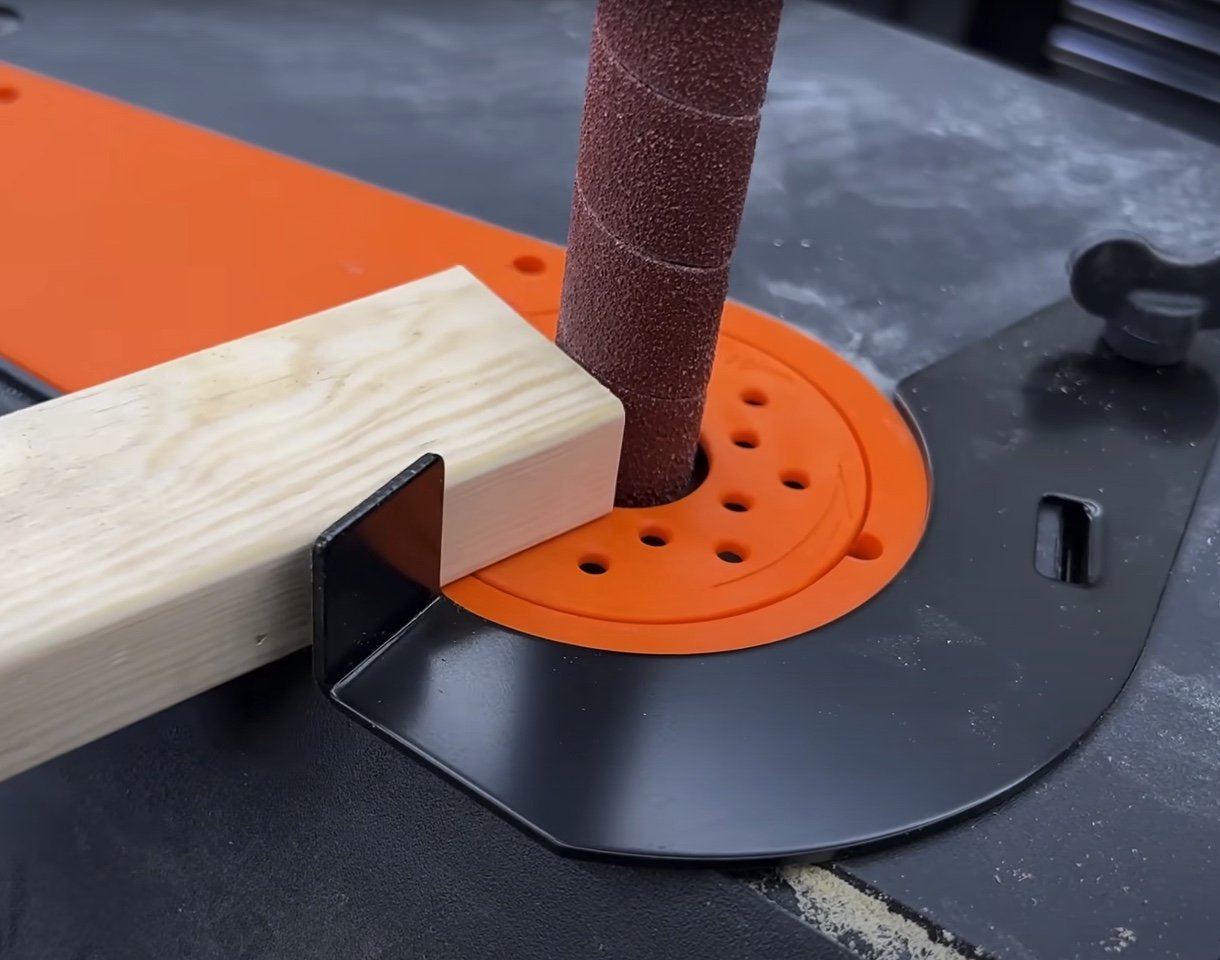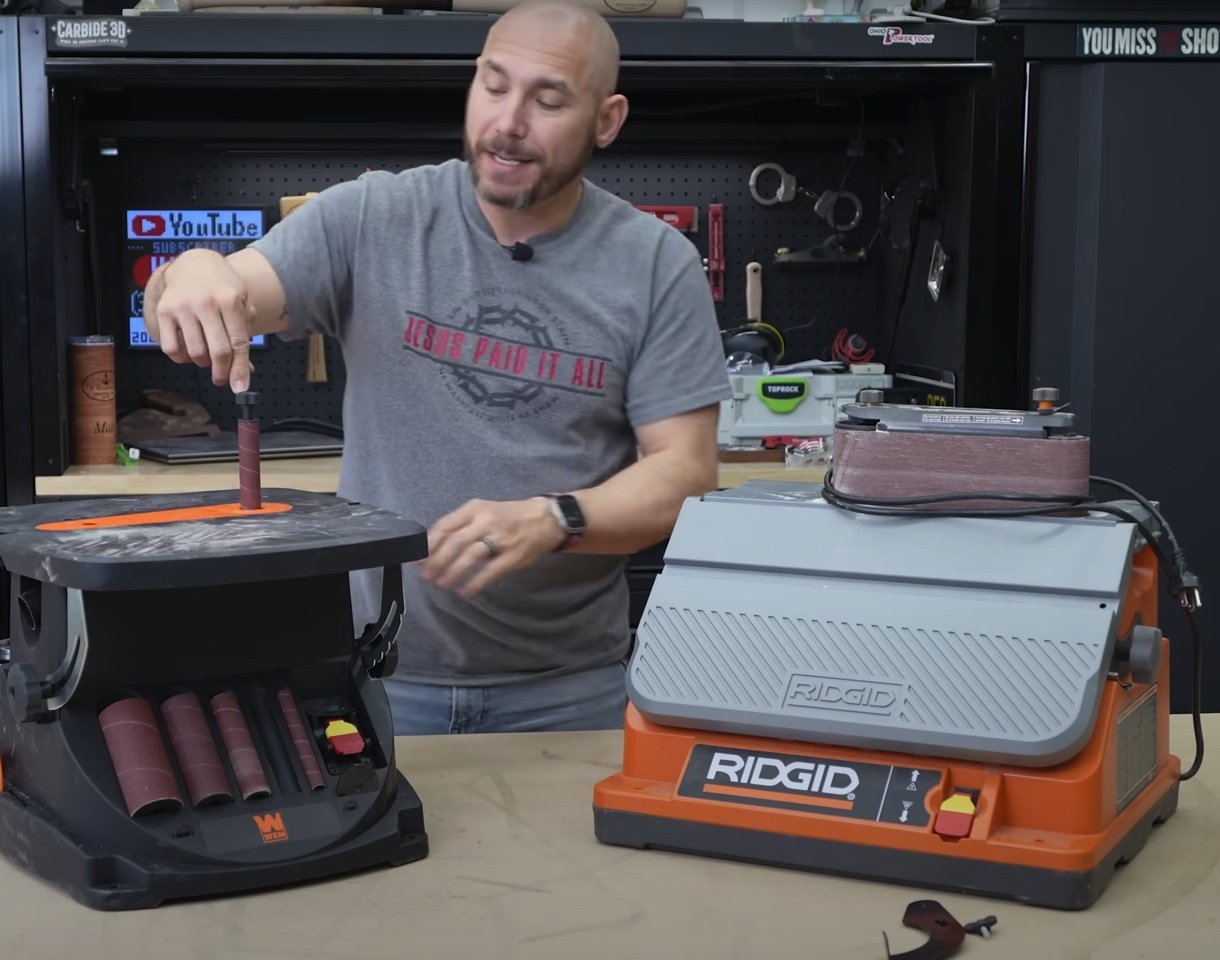The Must-Have Woodworking Tool for Small Parts
WEN Spindle and Belt Sander Review
The WEN spindle/belt sander could be a game changer for your shop depending on what you build. This is a controversial tool among YouTubers, with some saying they regret buying a spindle sander, while others (like me) will never regret picking one up. I’ve used the Ridgid version of this tool for several years, and I still use it all the time. I recently purchased the WEN because it’s so much cheaper than the Ridgid, almost $130 cheaper. Let’s look at whether it can compete with Ridgid or not.
WEN Spindle and Belt Sander in this review - https://amzn.to/3MQEStk
If you don’t need the belt sander, check out the WEN Spindle Only Sander -https://amzn.to/3IQTms0
Ridgid Spindle and Belt Sander - https://homedepot.sjv.io/xkkW3k
Affiliate links are used on this website to help support the website. For more information, read our affiliate disclaimer. This review was not sponsored. I purchased every sander myself.
The WEN comes with everything you need – 5 spindle sizes, the belt sander, and the sandpaper for all 6 attachments is included. You can pick up some more later, but you’ve got enough to get started. Depending on what you need to do, swapping between the belt and the different spindles is easy. There’s on-board storage for everything, including the spindle inserts, the spindles themselves, and all the tools.
The WEN has a much smaller footprint than the Ridgid, which makes it really good for a small shop. It also comes with a work-stop attachment that can easily be added or removed to the work surface. You can use it with any of the spindles, but it’s really designed to be used with the belt. I rarely ever use it.
The belt attachment has an adjustment knob. If it’s not tracking properly, you can just twist that knob until the sandpaper lines up the way it should. What that means is as you twist the knob, the sanding belt will move higher or lower on the wheel. Once you get it set, it tracks perfectly.
The front table is adjustable from flat to 15-, 22½-, or 30-, or 45-degrees. There are positive stops at each of those settings. You can also just tighten down the adjustment knob anywhere along the way. That comes in handy when you want to put a chamfer on a board.
It has built-in on-board dust collection, which is great. My Festool hose connects right in, and the dust collection is pretty good for a spindle/belt sander. For the spindles, you get a ½”, ¾”, 1”, 1½”, and a 2” spindle. Each spindle comes with its own table inserts to give you a flush work surface, as well as keeping any small parts out from inside the tool.
After using this spindle/belt sander for a few days, I can tell you that this is one of the best WEN tools I’ve ever purchased. I’ve had their drill press for a couple of years. I’ve used their miter saw and a couple of other tools. The overall fit and finish of this tool is one of the better ones across the WEN brand in my opinion.
One of the things I really like about this sander is that there are rubber feet on the bottom to keep everything from sliding around. It’s also quite lightweight, so it’s really easy to move around. If you’re in a small shop like me, this is going to a nice feature.
So, why would you want a spindle or a belt sander in your shop in the first place? For me personally, I use mine all the time on smaller items. It’s especially helpful on items with curves or holes that you need to sand in. I use mine on the trays that we sell, the mallet templates, the mallets themselves, as well as for squaring up the face of a mallet or any other board. You can also use one to sand a radius if you need to give something a roundover.
What’s helpful about spindle sanders like this is that with multiple spindle sizes, you can change it out based on the size of the curve you’re sanding. For example, on the guitar trays that I sell, I can pick the spindle size that fits almost perfectly into the neck of the tray and sand out those machining marks.
If you exclusively build tables or large items, then you probably won’t use one of these. This tool is best used on smaller items that have curves and profiles, and if those are the type things you build then this tool is a game changer for your shop.
In comparing the Ridgid to the WEN, they’re very similar but still a little different. I’ve had the Ridgid for a couple of years, and as of this review I’ve had the WEN for a couple of weeks. One thing I really appreciate about the WEN is the smaller footprint. The Ridgid table is about 19” wide, while the WEN is about 16”. The distance between the sander and the edge of the table are about the same. The Ridgid table does have a t-slot where the WEN does not, but I have never used the t-slot on my Ridgid, so it’s not really a loss for me.
As I mentioned earlier, everything that comes with the WEN has a place to store it on board. The different spindle inserts are stored on the sides in the base, while on the Ridgid they’re stored on the front with the spindles. Both are stored securely, though, so there no real benefit or preference one over the other. On both sanders, the belt attachment is stored in the base behind the machine.
On the WEN there is no lack of power. I was able to sand off a lot of material at one time with no issue. The dust collection on the WEN is far superior to the Ridgid. The Ridgid dust collection just sucks. You’ll still have sanding dust collect on the worktable, but that’s just the nature of the beast. WED does collect dust better than the Ridgid.
One other annoyance I have with the Ridgid that the WEN managed to solve is with the nut that holds the spindles or belt in place. On the Ridgid, it gets stuck all the time. Sometimes, I even have to take a pair of pliers just to break it loose. That knob has yet to jam on me on the WEN.
The belt sander is 4” wide by 24” sanding belt when you need to buy a replacement. The stroke rate on the spindle sander is 5/8”, which is a good amount, and it rotates 58 times per minute. If you find yourself sanding smaller parts, this is an awesome tool to have.
If you don’t need the belt sander portion, WEN has just a spindle sander that’s a little bit smaller. It has all the same size spindles for only $125. However, I really like having the belt sander option for only about $75 more.
If you do pick one up, whether it’s the WEN or the Ridgid, spend the extra $7 to $10 to also pick up a sanding eraser. The sanding eraser will make your sandpaper last much longer. You essentially turn on your machine and hold the eraser against the sandpaper just like you do when you’re sanding. It will clear out the gunk from your sandpaper.
The Ridgid is a great machine. If you’re in the market and you don’t really care about the LSA, the WEN is a solid option for about $130 less.
Buy the WEN Spindle and Belt Sander Here: https://amzn.to/3MQEStk
You can watch the full video review here - https://youtu.be/JigsGhB6_mA
















